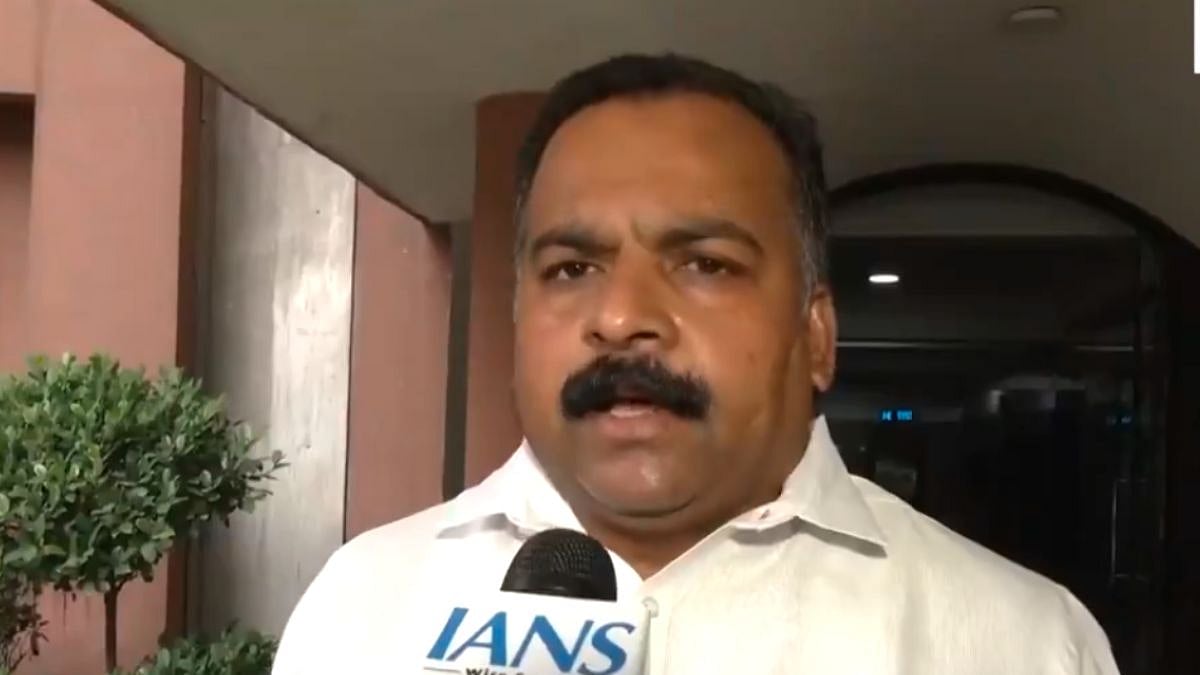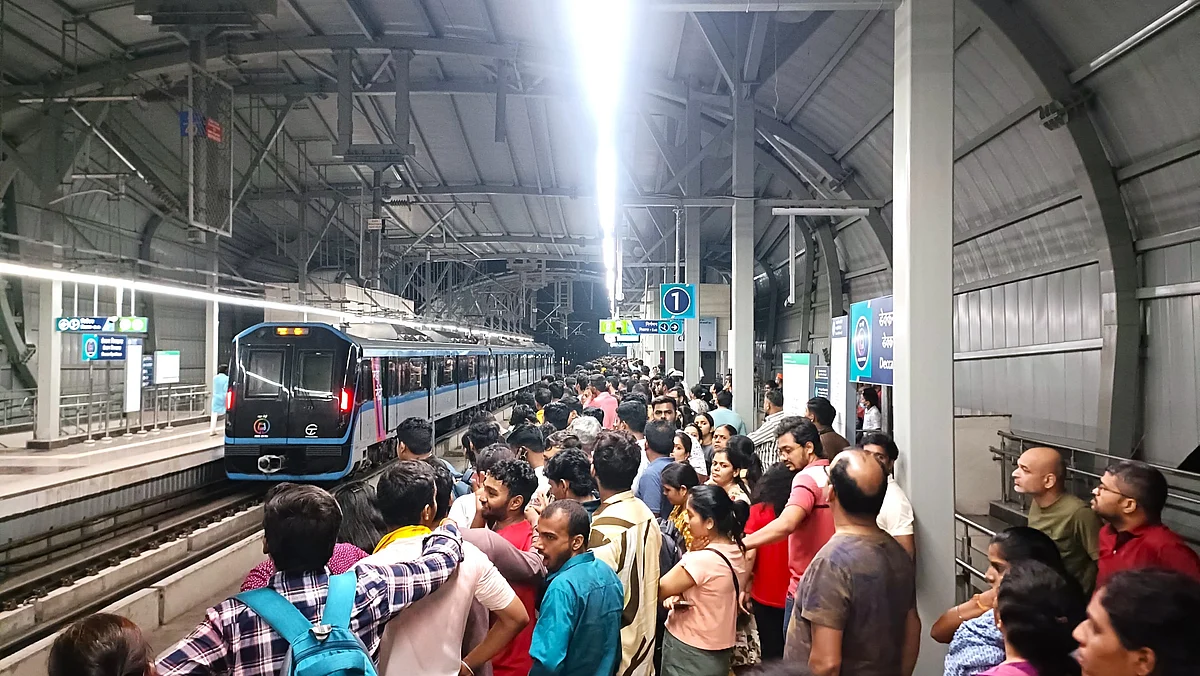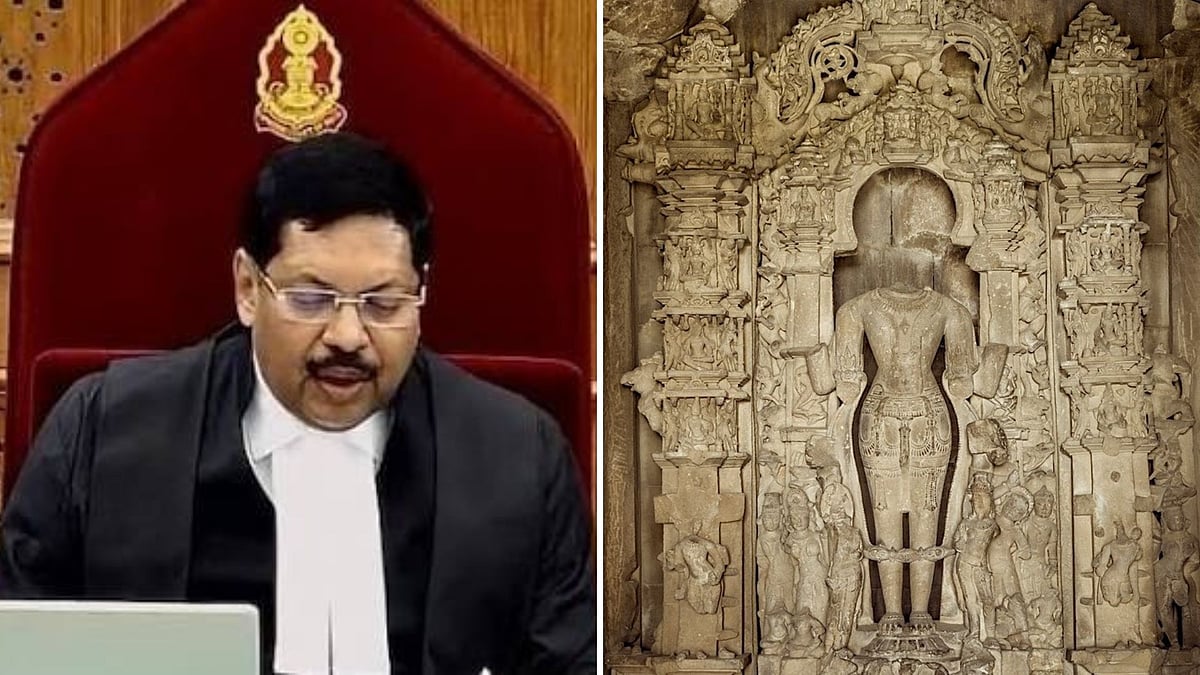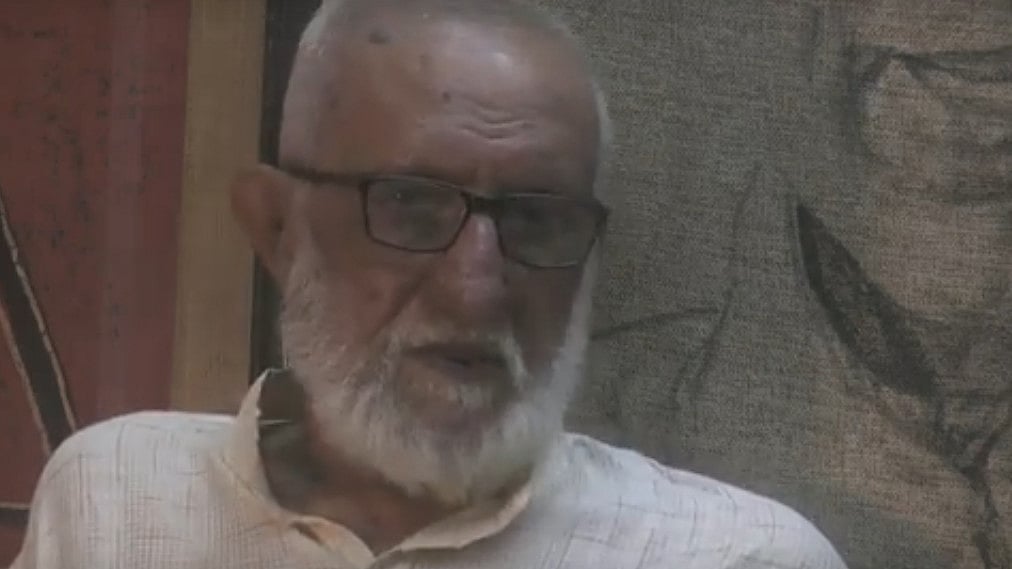Mumbai has been in the grip of a heatwave this week with maximum temperatures hovering in the high 30s and threatening to breach the 40 degrees Celsius mark. In the last decade alone, Mumbai’s maximum temperature has gone past the mark in March on five occasions, registering a high of 41 degrees Celsius in 2018. March is not even officially summer season, but changing seasons mean little to this coastal city oscillating between heat and rain throughout the year with a passing nod to winter for a week every January. Is Mumbai hotter than it used to be or is this merely a nostalgia of old Mumbaikars who have seen 75-80 summers?
There is evidence now that it is, indeed, warmer. The city has been warming through the last 45-50 years with a measurable rise of 0.25 degrees Celsius every decade since 1973. This means the average maximum temperature today is at least 1.25 degrees higher than it used to be five decades ago. Mumbai is not the only Indian city or area to witness heat waves, of course. Delhi and Ahmedabad sizzle too, as do hundreds of towns, semi-urban and rural areas across the country. The urban heat island effect though is an urban phenomenon adding to the climatic or naturally occurring conditions; urban heat islands occur when cities cut down natural green cover for densely-constructed buildings and physical infrastructure which absorb and retain heat.
We know Mumbai’s peak temperature trend, thanks to the Mumbai Climate Action Plan (MCAP) which was released over the weekend, the first city in India to have a plan to brace Climate Change impact. The MCAP identifies among other things; urban heat and urban flooding as key challenges facing the city in the coming decades. The March heat map of the last few years, as well as the high-intensity rain days every year, shows that we are already in that future. The MCAP is a good start – it proposes a slew of measures across short-medium-long time spans to make the city net-zero (no emission of greenhouse gases) by 2050 – but it is at least five years too late.
That said, it is prudent to welcome the MCAP and ensure that the state government and the Brihanmumbai Municipal Corporation work with fixed deadlines to implement its better aspects. The MCAP focuses on six areas -- energy and buildings, sustainable mobility, urban green and biodiversity, sustainable waste management, air quality, urban flooding, and water resource management -- each of which is further detailed out into actions, deadlines, financing, stakeholders, and monitoring indicators. Among the changes on the ground, it will mean flood-resilient infrastructure, low-carbon electricity, zero-emission vehicles on the roads by 2050, and localised water conservation.
The hard work lies ahead in not only implementing action points but also balancing adaptation with mitigation measures – and ensuring that the city's poorest are not the hardest hit during the process, for it usually happens that those at the bottom rung are the worst-off in any crisis. What the MCAP journey shows is that public pressure and focused activism are effective only so far as politicians-bureaucrats are willing to usher in changes. For now, the political will is reflected in State Environment Minister Aaditya Thackeray calling the shots on MCAP and environmental issues.
He is also the unquestioned dynasty leader of the Shiv Sena. Therefore, few within the party will question making the environment or Climate Change a priority even if they do not agree with him. His commitment to MCAP is evident. Precisely why his uncritical support and push for the ecologically-unsound Coastal Road project is a mystery. It was, incidentally, singled out in the last Intergovernmental Panel on Climate Change (IPCC) report as “maladaptive infrastructure”. The inherent inconsistencies in the approach to ecological issues of Mumbai are inexplicable.
In fact, the inconsistencies run deeper than the ecological front alone. Mumbai has a plan for tackling Climate Change events and for adapting to a net-zero life a couple of decades down, but the city does not yet have similar plans for housing, transport, health, and education. Think about it – the most basic services and essential social infrastructure is a guessing game at this stage. We have an idea of the roadmap to a net-zero city by 2050 with milestones laid down every few years till then. But there are no plans, clear or indicative, say, how the housing demand and needs of a dense city with nearly half its population in inhospitable informal settlements will be met in the next decade.
Those who tracked Mumbai’s development can say with certainty that talk of affordable housing and rehousing of slum dwellers has filled conclaves and reports for the last 25 years while the number of people unable to afford a basic house in the city steadily rose. Similarly, for health or education. What’s the spread of public and private, hospitals and schools now, and what is the projected need. How can the population to hospital beds and children to school seats ratio be increased or evened out so that the social infrastructure reflects a truly international city? In a city that has steadily moved from public to semi-public or private transport, how can mobility be increased and eased, what sort of public transport must be invested in for the future? These and other questions must be engaged with and answers sought so that there’s a comprehensive plan for the city.
The 20-year Development Plan, last formulated to span till 2034-36, is not a holistic or comprehensive plan for the city’s sustainable ecological and equitable growth. The DPS, which many take to be city plans, are critical to shaping the city but are limited to charting out and regulating land use in the city. A DP should ideally be the starting point for a more comprehensive and holistic plan -- a 360-degree plan, if you will -- for the city’s development mapping out its physical and social infrastructure for the coming decades led by its ecology and natural systems. Instead, the DP becomes an end in itself and exists as a talisman document for anyone engaging with the city’s development issues, even when other decisions or plans do not support it. A city is more than its land, after all; its planning must go beyond the zoning and marking of land parcels.
In fact, even if there was such a plan for Mumbai it would be inadequate given that the city is part of the larger Mumbai Metropolitan Region (MMR) and its physical-social infrastructure must be part of the larger piece. There ought to be more – not fewer – discussions around such an MMR plan. A start could be made with other municipal corporations and councils in MMR mapping out their own versions of MCAP, given that a template is now available. The climate action or environmental plans could then be segued into comprehensive physical-social infrastructure plans keeping its nearly 26 million citizens – not land or singular projects – at the heart of planning. It does not seem feasible but then Mumbai having its own plan to address Climate Change did not look possible either.
(The author is an independent journalist, columnist, urban chronicler, and media educator who writes on politics, cities, gender, and development. She tweets at @smrutibombay)










